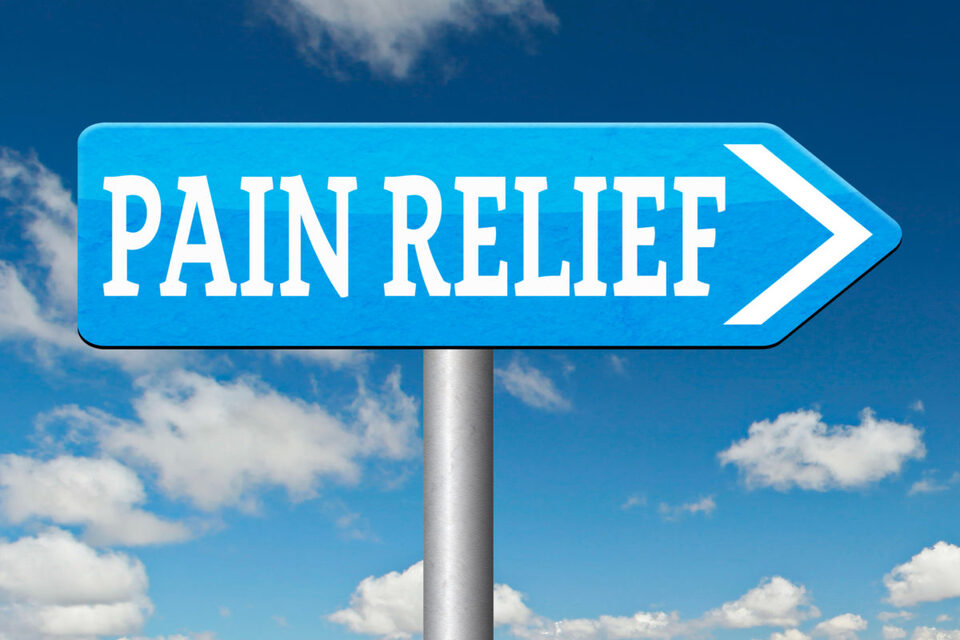
Opioids Don’t Care How Rich or Poor You Are
Celebrities Prince, Rush Limbaugh and Tom Petty all became addicted to opioids after they were prescribed for chronic pain. While we often read about the lives of the rich and famous, the lives of the millions of the not-so-well-off that have been ruined by overzealous prescribing of opioids are generally hidden from view. That changed last week. In the trial of Derek Chauvin, the police officer accused of murdering George Floyd, a struggling African American, Floyd’s girlfriend testified that they had both become addicted to prescription opioids after they were prescribed for chronic pain. Opioids are “the great equalizer”—it doesn’t matter how rich or poor you are, taking them is like playing Russian roulette with your life. Yet, our medical system still resists utilization of safer alternative treatments.
Celebrity Deaths from Opioids
After years of decrying drug use and abuse on his radio show, in 2006 conservative talk show host Rush Limbaugh was arrested on prescription drug charges. He then admitted that he had become addicted after he was prescribed opioids subsequent to failed back surgery that left him in constant pain. He had reportedly received about 2000 painkillers in six months, prescribed by four different doctors. He entered drug rehab after his arrest. His notoriety and wealth protected him from some of the worst consequences of his addiction.
Rock superstar Prince died in 2016 after taking what he thought was Vicodin but was actually a counterfeit painkiller laced with fentanyl. Fentanyl is a synthetic opioid that is 50 times more powerful than heroin. Prince had been in significant pain for many years due to hip pain and other injuries suffered during his very active performances. After his death, investigators found prescription medications throughout his home, many not in the type of containers provided by a pharmacy. A doctor was accused of illegally prescribing an opioid painkiller for Prince a week before he died. Prince’s family sued the doctor, for failing “to appropriately evaluate, diagnose, treat and counsel Prince for his recognizable opioid addiction” but the case was later dismissed.
In 2017, another rock superstar, Tom Petty, died of an accidental overdose of prescription medications, including opioids. He had been suffering from severe pain due to a fractured hip. The drugs in his system at the time of death included fentanyl, oxycodone, temazepam, alprazolam, and citalopram.
Other celebrities who have struggled with prescription opioid addiction have included character actor Seymour Philip Hoffman (died of a heroin overdose in 2014) and Tiger Woods, who was prescribed opioids after multiple back surgeries and entered rehab for prescription painkiller addiction. Numerous other athletes have become addicted after being liberally prescribed opioids for injuries. Some filed class action lawsuits against the NFL in 2014 and 2015. That litigation is still ongoing.
Opioid Deaths in the Not So Famous
Austin Eubanks was not a household name but the traumatic event in which he suffered his injuries is well known. Eubanks was a survivor of the suburban Columbine High School shooting that occurred in 1999. Eubanks was shot in the hand and knee. His best friend, who was hiding next to him, was killed instantly. Eubanks was given opioids about 45 minutes later. He reported that it took the emotional pain away and that he was addicted within a matter of weeks. After struggling with addiction for many years, he recovered and became a public speaker on addiction, hoping to help others. In 2019 he relapsed and died of a heroin overdose.
The rich and successful and even the comfortably middle class suffer greatly when they succumb to addiction but the poor suffer infinitely more. Their addiction poses greater risks of economic disaster for themselves and their families as well as encounters with the police. George Floyd became a household name after his brutal death in 2020 at age 46 at the hands of law enforcement. Long before this, his life was derailed by addiction to prescription opioids. At the trial of Derek Chauvin, the police officer charged with his murder, Floyd’s girlfriend, Courteney Ross, testified that they both had become addicted to opioids after they were prescribed for pain. Floyd grew up in the projects of Houston. He was a talented high school and college athlete who had enough ability to win a partial college scholarship and dreamed of turning pro. However, sports injuries led to prescriptions for painkillers and addiction. He was in jail numerous times for drug possession and theft, including armed burglary. He and his girlfriend had been in and out of rehab. Floyd had relapsed and overdosed just weeks before his death.
Millions of Americans have become addicted to prescription opioids and hundreds of thousands have died.
The Non-Addicted Pain Patients
Many patients experiencing severe chronic pain report that they get relief from prescription opioids. Most do not become addicted but all become physiologically dependent. Drug dependence means that withdrawal symptoms occur when the drug is discontinued. This reality was widely ignored after the CDC came out with opioid prescribing guidelines in 2016. The CDC guidelines recommended limiting the dosage to a level that was often being exceeded in opioid prescriptions for chronic pain. Many physicians abruptly tapered or discontinued prescriptions for their opioid dependent patients, leading to terrible suffering from withdrawal. Even worse, most of these patients were not offered effective alternative treatments. Some patients committed suicide, others took to the streets to find relief and others continued to suffer terribly from untreated pain. Eighty percent of new heroin addicts in recent years started with a prescription for opioids.
A study published in 2020 in the British Medical Journal (BMJ) that looked at deaths in the VA medical system in patients with an opioid painkiller prescription found that “Patients were at greater risk of death from overdose or suicide after stopping opioid treatment, with an increase in the risk the longer patients had been treated before stopping. Descriptive data suggested that starting treatment with opioids was also a risk period.”
Opioids are Still the Most Widely Utilized Pain Treatment
Despite all of this, according to a 2020 NPR investigational report, medical professionals, including doctors and dentists, are still prescribing large amounts of opioids.
Physicians receive, on average, less than 2 hours of education on pain in medical school. They receive most of their postgraduate “education” from drug company reps and drug company-sponsored seminars and journals. All overstate the benefits and minimize the risks of pharmaceuticals in general and opioids in particular. No one educates physicians and other healthcare providers on the benefits and safety profiles of nonpharmaceutical treatments like acupuncture, biofeedback, chiropractic, mind/body approaches, massage, physical therapy, medical cannabis and other alternative pain therapies. Even if physicians go out of their way to learn about these therapies, most of their patients cannot afford them as they are rarely covered by health insurance. If these services are covered at all, such as chiropractic and physical therapy, they are severely restricted in terms of length of care and inadequately reimbursed. The lack of or low levels of reimbursement have limited the availability of these types of care.
What Can Be Done
It’s long past time for a change in how pain care is delivered in the United States. Please sign my petition to require health insurance companies to cover all types of pain treatments and to require physician education on alternative pain treatments.
Find an Alternative Pain Treatment Provider











Comments